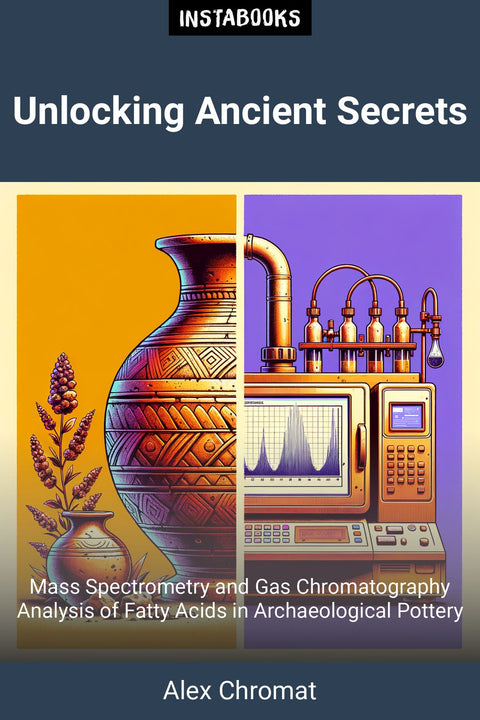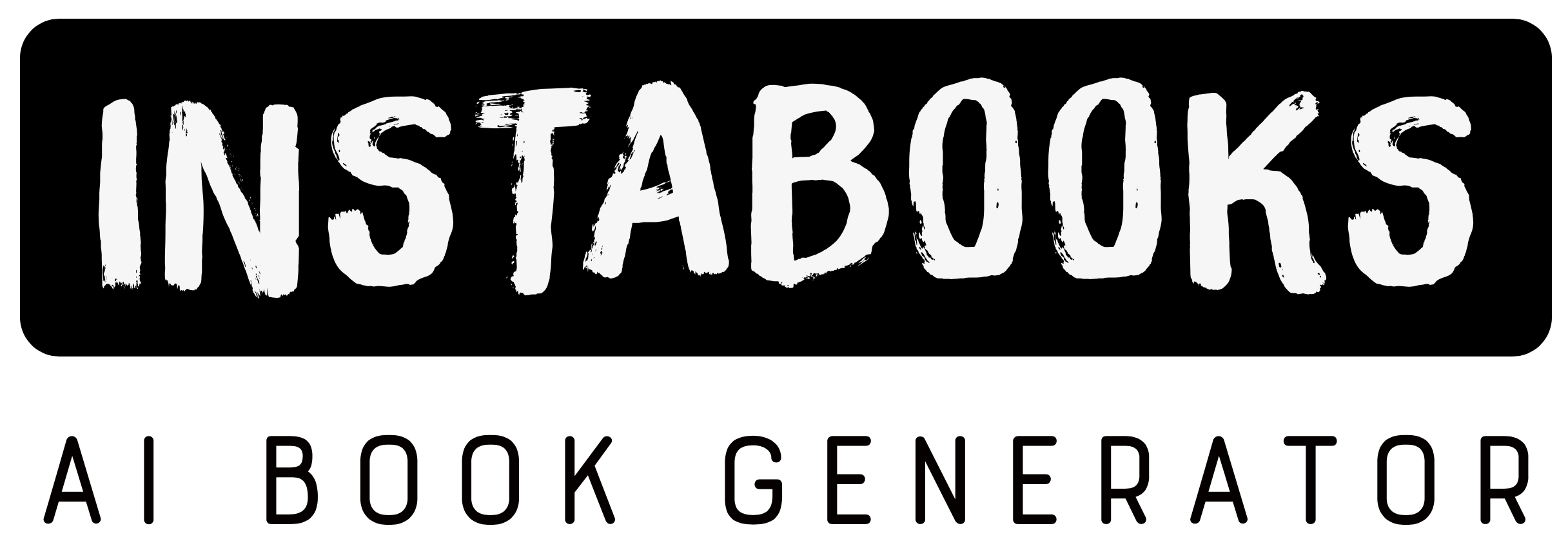
Unlocking Ancient Secrets
Mass Spectrometry and Gas Chromatography Analysis of Fatty Acids in Archaeological Pottery
Included:
✓ 200+ Page AI-Generated Book
✓ ePub eBook File — read on Kindle & Apple Books
✓ PDF Print File (Easy Printing)
✓ Word DOCX File (Easy Editing)
✓ Hi-Res Print-Ready Book Cover (No Logo Watermark)
✓ Full Commercial Use Rights — keep 100% of royalties
✓ Publish under your own Author Name
✓ Sell on Amazon KDP, IngramSpark, Lulu, Blurb & Gumroad to millions of readers worldwide
Unlocking Ancient Secrets
Mass Spectrometry and Gas Chromatography Analysis of Fatty Acids in Archaeological Pottery
Discover the fascinating world of ancient culinary practices and technological advancements through the lens of mass spectrometry (MS) and gas chromatography (GC) analysis. This comprehensive guide delves into the intricate process of analyzing fatty acids from archaeological pottery, offering a unique perspective on historical diets, cooking practices, and the original use of ancient vessels.
Why This Book?
With a focus on practical applications, this book provides a detailed exploration of the techniques used in the chemical characterization of organic residues. Learn about solvent extraction, gas chromatography-mass spectrometry (GC-MS), and stable carbon isotopic (δ13C) values measured using gas chromatography-combustion-isotope ratio mass spectrometry (GC-C-IRMS). Understand the challenges of fatty acid decomposition and how to overcome them to classify food residues accurately.
What You'll Learn
- The importance of fatty acid analysis in understanding ancient diets and technological advancements.
- Step-by-step guidance on interpreting chromatograms to identify and quantify fatty acids.
- Insights into the grouping and classification of pottery based on fatty acid makeup.
- Future research directions, including combining GC-MS with stable isotope analysis for a comprehensive understanding of ancient diets and trade networks.
Whether you're a seasoned archaeologist, a student of history, or simply fascinated by the intersection of science and history, this book offers valuable insights into the past, grounded in the latest scientific research.
Table of Contents
1. Introduction to Mass Spectrometry and Gas Chromatography- The Basics of Mass Spectrometry
- Understanding Gas Chromatography
- Combining MS and GC for Analysis
2. Archaeological Pottery and Organic Residues
- The Significance of Pottery in Archaeology
- Organic Residues: A Window to the Past
- Challenges in Residue Analysis
3. Fatty Acids: The Building Blocks of Analysis
- Types of Fatty Acids in Archaeological Samples
- The Role of Fatty Acids in Dietary Reconstruction
- Decomposition and Preservation of Fatty Acids
4. Sample Preparation and Extraction Techniques
- Solvent Extraction Methods
- Preparing Samples for GC-MS Analysis
- Ensuring Sample Integrity
5. Gas Chromatography-Mass Spectrometry (GC-MS)
- Principles of GC-MS
- Interpreting GC-MS Data
- Case Studies: GC-MS in Action
6. Stable Isotope Analysis
- Introduction to Stable Isotopes
- GC-C-IRMS: A Closer Look
- Interpreting Isotopic Data
7. Chromatogram Interpretation
- Reading and Understanding Chromatograms
- Identifying Fatty Acid Peaks
- Quantitative Analysis of Fatty Acids
8. Data Interpretation and Discussion
- From Data to Dietary Insights
- Grouping and Classification of Pottery
- Case Studies: Interpreting Ancient Diets
9. Challenges and Limitations
- Decomposition and Its Impact on Analysis
- Limitations of Current Techniques
- Overcoming Analytical Challenges
10. Future Directions in Residue Analysis
- Combining Techniques for Comprehensive Analysis
- Advancements in Sample Preparation
- The Future of Archaeological Chemistry
11. Practical Applications and Case Studies
- Reconstructing Ancient Diets
- Understanding Ancient Trade Networks
- Case Studies: From Analysis to Insight
12. Conclusion: The Past Meets the Present
- Summarizing Key Findings
- The Importance of Interdisciplinary Research
- Looking Forward: The Future of Archaeological Science
Target Audience
This book is written for archaeologists, historians, and students interested in the application of mass spectrometry and gas chromatography in archaeological research, as well as anyone fascinated by the intersection of science and history.
Key Takeaways
- Understand the principles and applications of mass spectrometry and gas chromatography in archaeology.
- Learn how to interpret chromatograms to identify and quantify fatty acids in archaeological pottery.
- Gain insights into ancient diets, cooking practices, and technological advancements through the analysis of organic residues.
- Explore the challenges and future directions in the chemical analysis of archaeological samples.
